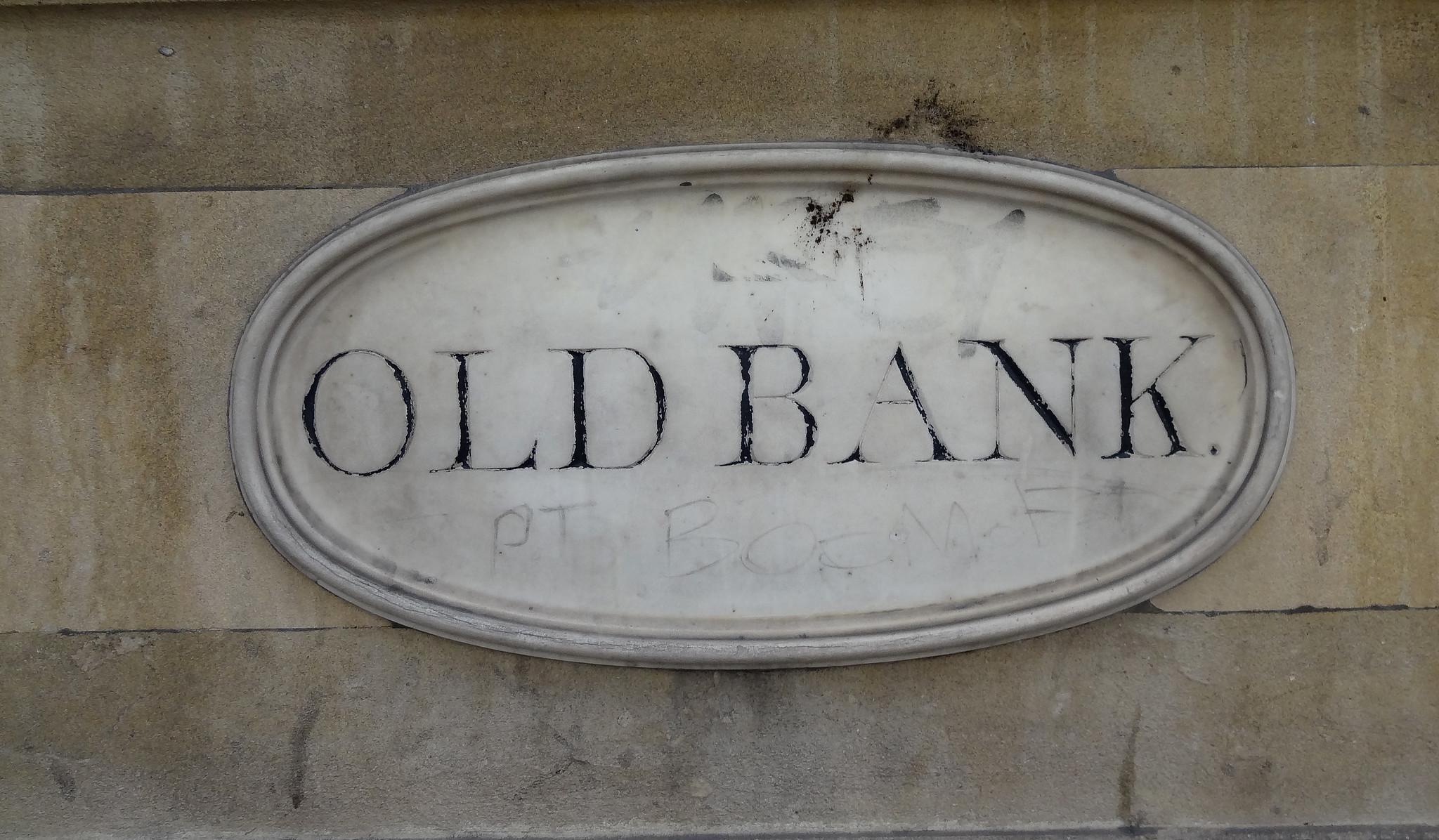The Middle Ages, spanning roughly from the 5th to the 15th century, were a transformative period in European history marked by significant economic, social, and political changes. Among these changes was the evolution of banking and finance, which played a crucial role in facilitating trade, investment, and the growth of medieval economies. Understanding the changing role of banks during this era provides insight into the complexities of medieval society and the foundations of modern financial systems.
Emergence of Early Banking Practices
During the early Middle Ages, banking as we understand it today did not exist in its modern form. Instead, rudimentary banking practices emerged in response to the growing need for financial services in a predominantly agrarian society. These practices laid the groundwork for the evolution of banking institutions in later centuries.
Emergence of Early Banking Practices:
- Moneylending: Individuals, often Jewish merchants, provided loans to farmers, artisans, and traders, operating independently outside formal banking structures.
- Proto-banking Institutions: The expansion of trade and urban centers led to the establishment of merchant guilds and Lombard bankers in Italian city-states like Florence and Venice. These entities provided services such as currency exchange, money transfer, and safekeeping of valuables.
- Facilitating Commerce: These early banking practices helped facilitate commerce and economic exchange within and between medieval communities. However, due to the lack of standardized regulations and oversight, banking activities were often fraught with risk and uncertainty.
- Continued Growth: Despite challenges, the demand for financial services continued to grow, paving the way for the evolution of banking institutions in the later Middle Ages.
This evolution marked a significant shift in medieval economies, laying the foundation for the development of formal banking institutions that would play pivotal roles in European finance.
Rise of Medieval Banking Houses
The late Middle Ages witnessed the rise of powerful banking houses that played a central role in European finance. One such notable example was the Medici Bank, founded by the Medici family in Florence during the 14th century. The Medici Bank became one of the most influential financial institutions in Europe, facilitating trade across the continent and financing the activities of rulers, merchants, and even the papacy.
Medieval banking houses like the Medici Bank operated on principles of trust and reputation. They provided a range of financial services, including loans, foreign exchange, and investment banking. Moreover, these banking houses acted as intermediaries between different regions, helping to standardize currencies and facilitate cross-border transactions. Their networks extended across Europe, contributing to the integration of disparate economies into a broader commercial system.
Another prominent example of a medieval banking house was the Fugger family bank, based in Augsburg, Germany. The Fuggers rose to prominence in the late 15th century and became known for their extensive financial network spanning Europe. The Fugger bank played a crucial role in financing European monarchs, supporting exploration and trade ventures, and even lending money to the Vatican.
Banking and Economic Growth
The expansion of banking during the Middle Ages had profound implications for economic growth and development. By providing access to capital, facilitating trade, and mitigating financial risks, banks played a critical role in stimulating economic activity and fostering innovation.
| Key Implications | Description | Impact |
| Access to Capital | Banks provided access to capital through loans, enabling entrepreneurs to invest in new ventures. This increased availability of credit stimulated economic activity and supported the growth of industries. | Increased investment in industries and ventures led to the expansion of economic opportunities and innovation. |
| Facilitating Trade | Banking institutions facilitated trade by providing financial services such as currency exchange and money transfer. This made cross-border transactions easier, contributing to the expansion of commercial networks. | Facilitated international trade and commerce, leading to the integration of regional economies and the growth of global markets. |
| Urbanization | Banks played a central role in the rise of urban centers as economic hubs. Cities like Florence, Venice, and Bruges became prominent financial and commercial centers, attracting merchants and facilitating economic growth. | Urbanization accelerated as banking centers attracted merchants, artisans, and skilled laborers, fostering cultural exchange and economic prosperity. |
| Rural Development | Rural communities benefited from access to credit, which enabled investment in agricultural improvements. Higher agricultural yields and increased food surplus contributed to overall economic prosperity. | Investment in agricultural technologies and infrastructure led to increased productivity and surplus, supporting population growth and economic stability in rural areas. |
The table provides a concise overview of how banking expansion influenced economic growth during the Middle Ages, highlighting the key roles played by banks in facilitating trade, stimulating entrepreneurship, and supporting both urban and rural development.
Challenges and Regulation
In the face of their significant contributions to economic development, medieval banks encountered a host of challenges. These challenges, ranging from political instability to financial crises, posed substantial risks to the stability of banking institutions. The repercussions of banking house collapses were profound, often resulting in widespread bankruptcies, loss of confidence, and economic upheaval. Consequently, rulers and governments responded by implementing regulations and oversight mechanisms aimed at stabilizing the financial system and safeguarding depositors.
- Establishment of Banking Guilds and Associations: One regulatory approach involved the formation of banking guilds and associations. These entities were responsible for setting standards of conduct, resolving disputes, and enforcing rules governing banking practices. By doing so, they provided a framework for regulating banking activities, fostering accountability, and nurturing trust among depositors.
- Granting Charters and Privileges: Monarchs played a pivotal role in regulation by granting charters and privileges to select banking institutions. In return for financial support and services, these banks received exclusive rights and protections. This practice promoted stability and confidence in the banking system by providing legal recognition and protection to reputable banking entities.
- Resilience of Banking Institutions: Despite the regulatory landscape and inherent challenges, banking institutions demonstrated remarkable resilience and adaptability. Their ability to weather crises and disruptions ensured their continued functioning, maintaining their integral role in medieval economies.
While regulatory efforts aimed to balance the need for financial innovation and growth with the imperative of stability and public trust, medieval banking remained susceptible to external shocks. Wars, famines, and natural disasters could severely impact the financial system, leading to bank failures and economic downturns. Nevertheless, the resilience of banking institutions ensured their enduring significance in the medieval economic landscape.





